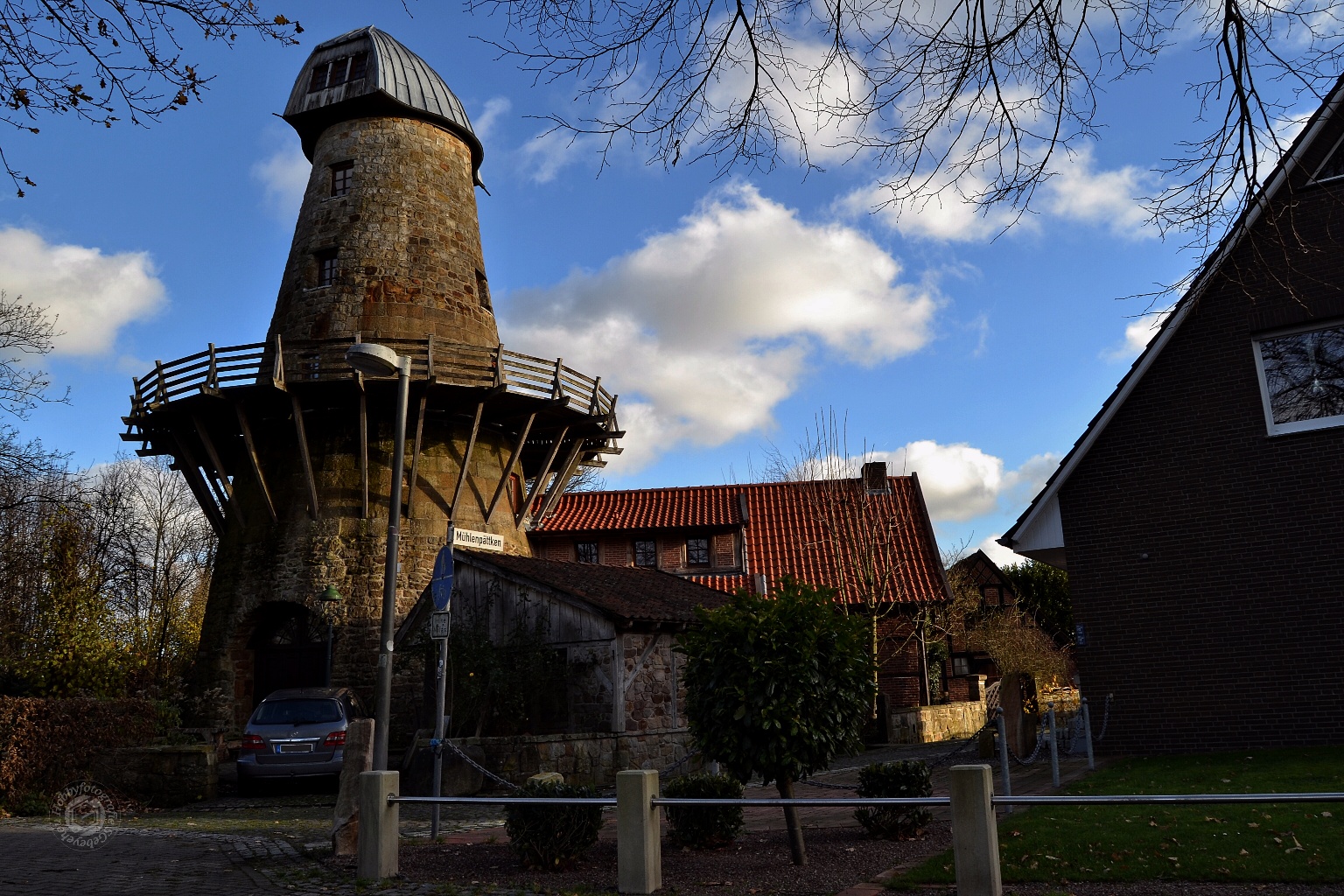Sebastian Gebeyehou
27.03.2019 inhabited museum village Orvelte
 In the very lively museum village of Orvelte, where people live and work in the normal way, they have the opportunity to experience the history up close. Join in the journey and experience Orvelte! In Drenthe and especially in Orvelte, beautiful, thatched Saxon farms and other quaint buildings adorn the landscape. Even from the outside a feast for the eyes - but you can also take a look inside. Some of the farms are happy to open their doors! The village center regularly serves as a backdrop for special events and theme days, for folklore groups, markets and theatrical performances. And that's just a small part of the comprehensive event calendar. On the pages "village tour" and "events" you get a good idea of what Orvelte has to offer. For a visit to Orvelte you should definitely take the time.
In the very lively museum village of Orvelte, where people live and work in the normal way, they have the opportunity to experience the history up close. Join in the journey and experience Orvelte! In Drenthe and especially in Orvelte, beautiful, thatched Saxon farms and other quaint buildings adorn the landscape. Even from the outside a feast for the eyes - but you can also take a look inside. Some of the farms are happy to open their doors! The village center regularly serves as a backdrop for special events and theme days, for folklore groups, markets and theatrical performances. And that's just a small part of the comprehensive event calendar. On the pages "village tour" and "events" you get a good idea of what Orvelte has to offer. For a visit to Orvelte you should definitely take the time.11.03.2019 Cloppenburg open air museum
 Open Air Museum Cloppenburg
Open Air Museum Cloppenburg
04.12.2015 - Bevergern Windmill
 Levedag's mill
Levedag's mill07.10.2015 Aachen Cathedral
 The Aachen Cathedral or Aachen Marienkirche, is the episcopal church of the diocese of Aachen and the most important landmark of the city of Aachen. The cathedral consists of several sub-buildings, their respective periods of origin include the era of the early Middle Ages to modern times. The Carolingian Oktogon, formerly the Palatine Chapel of the Aachener Königspfalz, is the most important architectural example of the Carolingian Renaissance. Charlemagne had the central building and the west building built at the end of the eighth century as the core of his palace. The laying of the foundation stone took place around 795, the completion around 803. The Carolingian Palatinate Church is surrounded by several additions from later times, including the Gothic choir hall in the east and the multi-faceted chapel wreath.
The Aachen Cathedral or Aachen Marienkirche, is the episcopal church of the diocese of Aachen and the most important landmark of the city of Aachen. The cathedral consists of several sub-buildings, their respective periods of origin include the era of the early Middle Ages to modern times. The Carolingian Oktogon, formerly the Palatine Chapel of the Aachener Königspfalz, is the most important architectural example of the Carolingian Renaissance. Charlemagne had the central building and the west building built at the end of the eighth century as the core of his palace. The laying of the foundation stone took place around 795, the completion around 803. The Carolingian Palatinate Church is surrounded by several additions from later times, including the Gothic choir hall in the east and the multi-faceted chapel wreath.
10.9.2015 Wilhelmshaven








